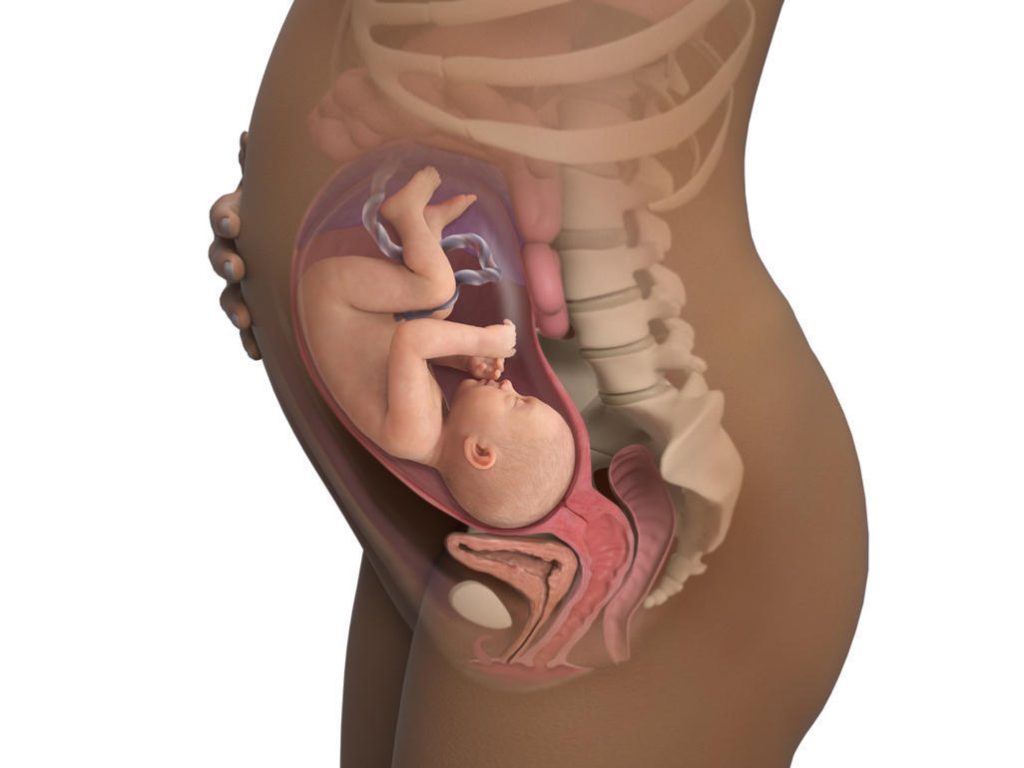SHARE WITH FRIENDS:
The emergence of new life is a universal mechanism that is perfectly controlled by the female organism. Unfortunately, a woman’s reproductive system cannot deliver the first signs of pregnancy immediately after fertilization. This condition can only be detected by the characteristic signs that occur at different stages of fetal development. Pregnancy symptoms can vary slightly or radically in all women.

Notification: DevOps Solutions
Notification: Sbobet
Notification: Buy weed Kansas
Notification: sbo
Notification: long range hunting rifle packages
Notification: where to buy psychedelics mushrooms
Notification: psilocybin mushrooms for sale colorado
Notification: visit their website
Notification: one up mushroom bar Florida
Notification: ozempic comprar sin receta, comprar ozempic online, ozempic comprar, comprar ozempic
Notification: Order 818 og strain near me
Notification: Kampala International University
Notification: auto swiper
Notification: ข้อดีของ โปรโมชั่น LSM99